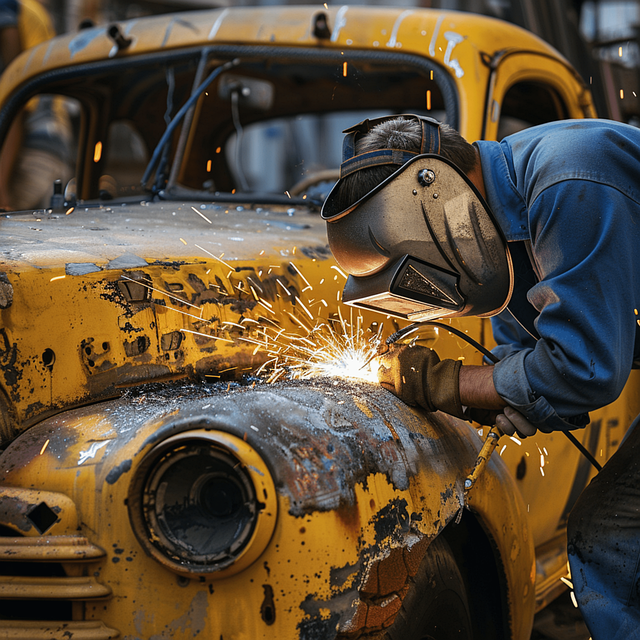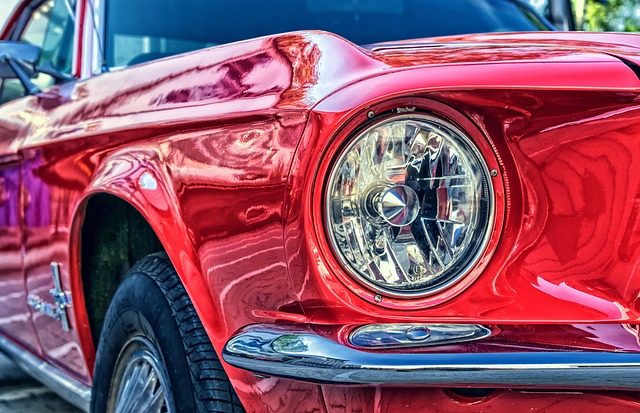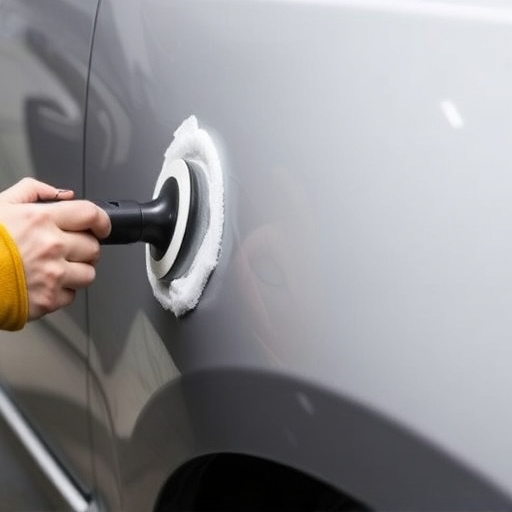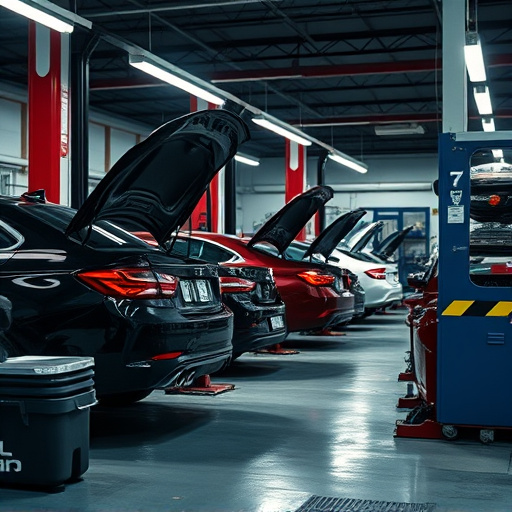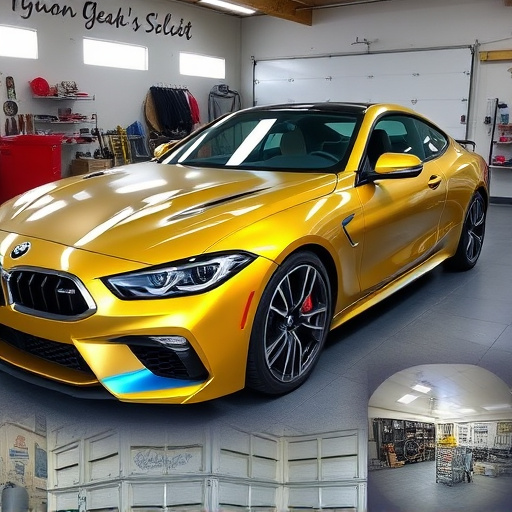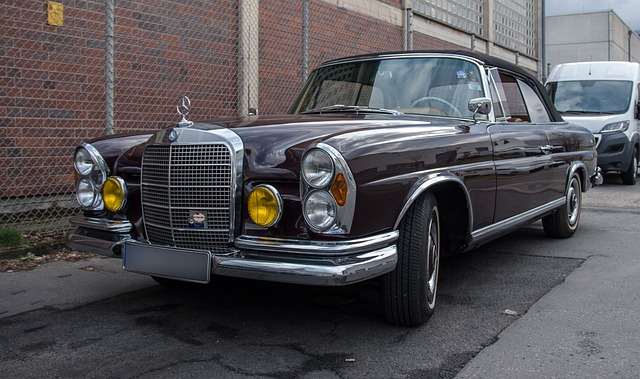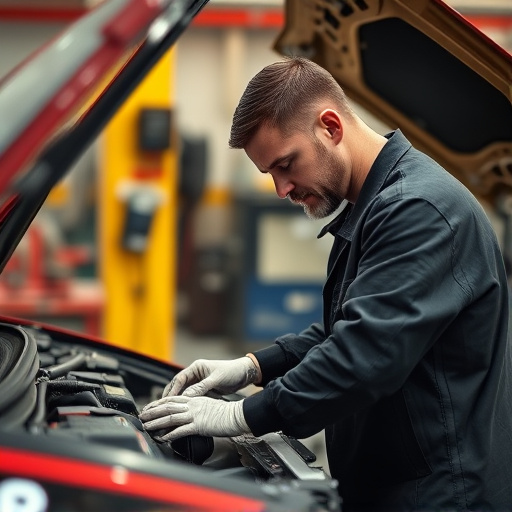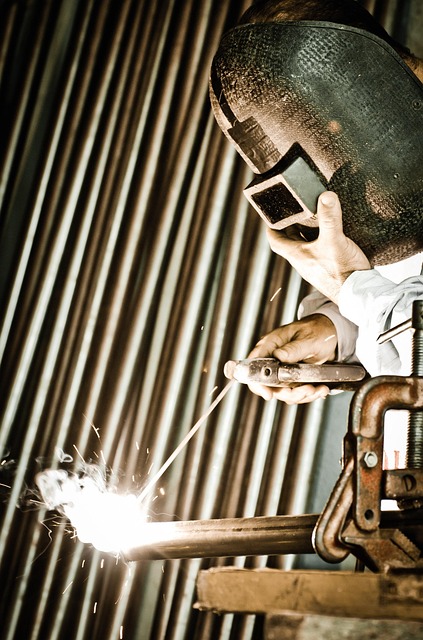Tesla prioritizes safety and quality in major structural repairs, strictly adhering to Original Equipment Manufacturer (OEM) guidelines. This meticulous process involves frame straightening, panel replacement, and comprehensive alignment checks to maintain vehicle integrity, reliability, and passenger safety. Non-compliance can lead to voided warranties and compromised performance. Reputable body shops specializing in Tesla repairs ensure every step meets or exceeds OEM standards, offering owners peace of mind and seamless road operation.
Tesla vehicles, renowned for their cutting-edge technology, demand meticulous attention during major structural repairs. This article delves into the stringent OEM (Original Equipment Manufacturer) safety standards that such repairs must meet. We explore the significance of adhering to these standards, offering insights on best practices to ensure both safety and quality in Tesla major structural repairs. Understanding and following these guidelines is paramount for maintaining the vehicle’s integrity and performance.
- Understanding Tesla's Structural Repair Standards: An Overview
- The Importance of OEM Compliance in Major Repairs
- Best Practices for Ensuring Safety and Quality in Tesla Structural Repairs
Understanding Tesla's Structural Repair Standards: An Overview
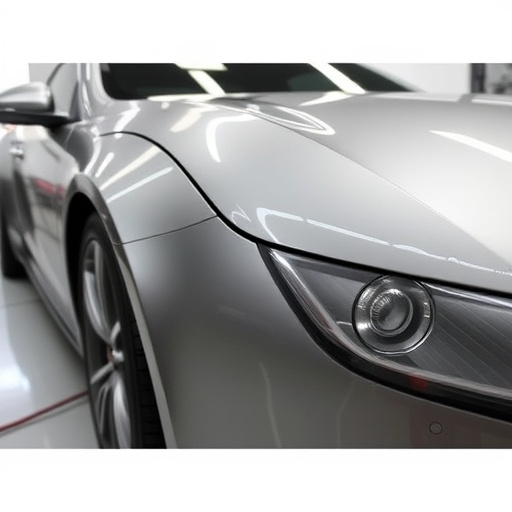
Tesla, being a pioneer in electric vehicle technology, sets exceptionally high standards for its major structural repairs. These standards are designed to ensure the safety and integrity of each vehicle, reflecting Tesla’s commitment to quality. When it comes to structural repair, whether it’s a car body repair or bumper repair, Tesla follows Original Equipment Manufacturer (OEM) guidelines strictly. This approach guarantees that all repairs meet not just Tesla’s, but also the original manufacturer’s specifications.
The process involves meticulous auto body work, where every detail is considered crucial. From frame straightening to panel replacement, each step is precisely executed. Tesla’s structural repair standards encompass a comprehensive checklist, ensuring every component is properly aligned and secured. This rigorous protocol not only maintains the aesthetic appeal of the vehicle but also preserves its safety features, providing peace of mind for Tesla owners.
The Importance of OEM Compliance in Major Repairs
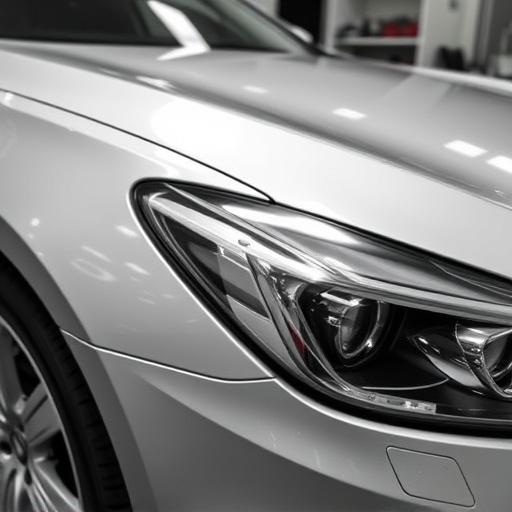
When it comes to Tesla major structural repairs, adhering to Original Equipment Manufacturer (OEM) safety standards is paramount. These standards are designed to ensure that vehicles return to their original structural integrity and performance after any significant damage, maintaining passenger safety and reliability. Compliance with OEM guidelines involves precise measurements, accurate replacement parts, and adherence to specific repair procedures detailed by Tesla.
Failing to meet these standards can lead to compromised vehicle safety and even void warranty coverage. Therefore, it’s crucial to trust a reputable vehicle body shop specializing in Tesla repairs. Professional car collision repair services equipped with the right tools and trained technicians can ensure that every Tesla major structural repair meets or exceeds OEM requirements, providing peace of mind for owners and smooth operation on the road.
Best Practices for Ensuring Safety and Quality in Tesla Structural Repairs
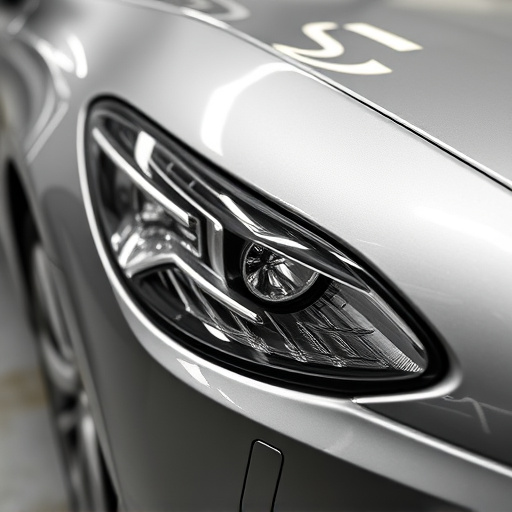
When undertaking Tesla major structural repairs, adhering to original equipment manufacturer (OEM) safety standards is paramount. This involves employing best practices that ensure precision and quality. Start by using advanced frame straightening techniques that accurately realign the vehicle’s chassis to its original specifications. This meticulous process not only ensures structural integrity but also preserves the car’s overall performance and handling characteristics.
Additionally, a well-equipped collision repair shop should employ highly trained technicians who are adept in bumper repair and other body panel work. They must be knowledgeable about Tesla’s specific design and construction methods to perform repairs that match the vehicle’s high standards. Regular quality control checks at each stage of the repair process are essential to guarantee that every component meets OEM criteria, ensuring both safety and customer satisfaction.
In conclusion, achieving optimal safety and quality in Tesla major structural repairs demands adherence to OEM standards. By understanding these stringent requirements and implementing best practices, repair facilities can ensure the integrity and reliability of Tesla vehicles post-reparation. This, in turn, reinforces customer confidence in the brand’s commitment to excellence. For businesses specializing in Tesla major structural repair, meeting these benchmarks is not just a regulatory necessity but also a key differentiator in a competitive market.
